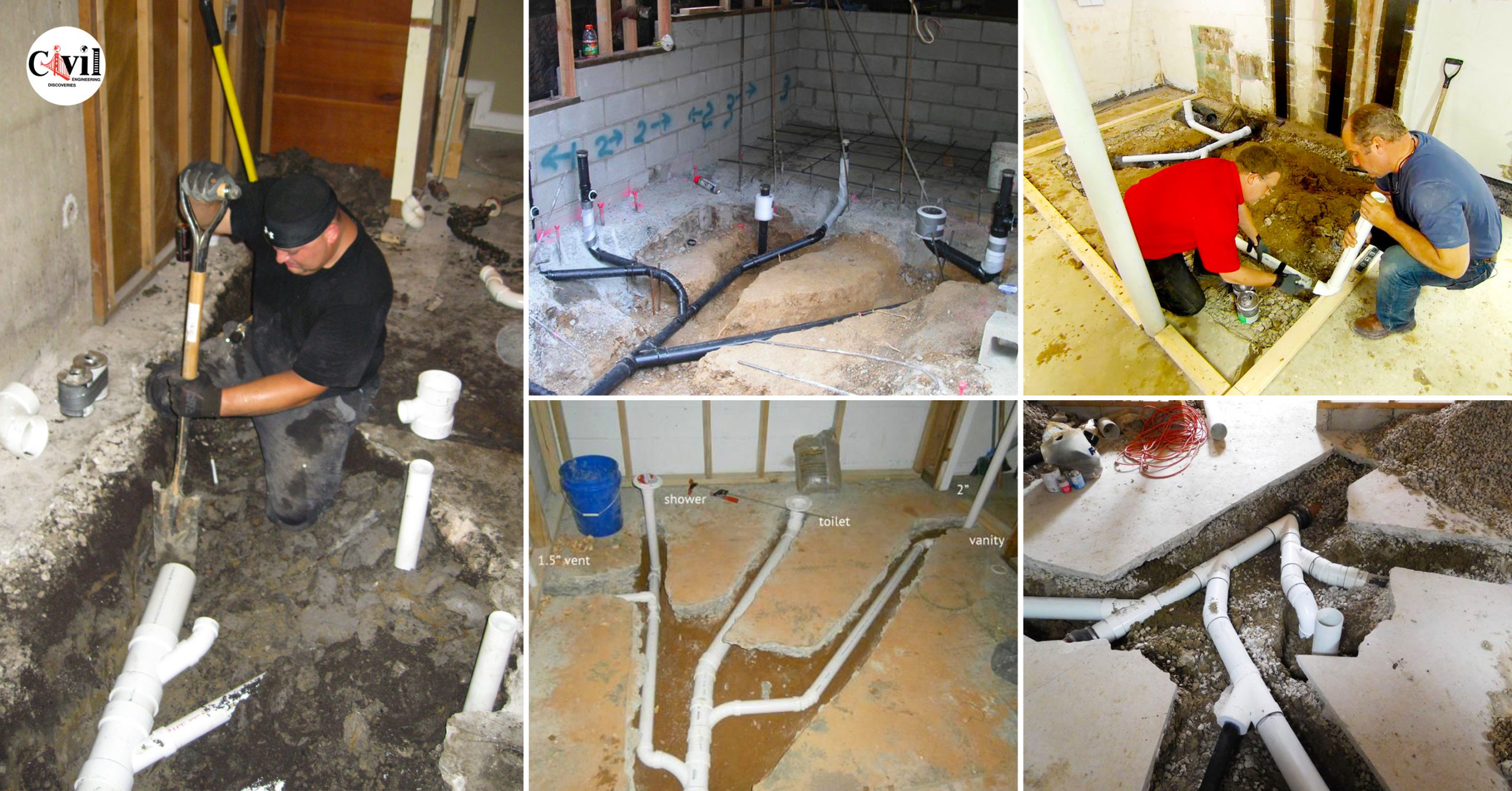Basement bathroom plumbing necessitates a blend of talent, attention, and experience. Because this is one of the most challenging household duties, it is advised that you employ a professional to complete it. A plumbing system for an above-ground bathroom is much easier to install, usually during the day, so prioritize your needs and consider whether a basement toilet is necessary. It may be necessary to remove some concrete to install plumbing in the basement bathroom, and it may be difficult to obtain the necessary accessories to install plumbing fixtures in a basement bathroom – tubs, showers, and so on. Keeping children safe necessitates extra effort.
Typically, the basement concrete floor requires fracturing. Marks are placed on the surface, along with a range, and the concrete is chipped, often using a jackhammer. The debris must be removed, and the new water lines must be correctly linked to the old ones. Once completed, the new facility should be filled with concrete. The downspout in some dwellings is positioned below ground level. The plumber can assist you by offering various estimates for the location of drainage lines as well as ideas for plumbing installation.





























